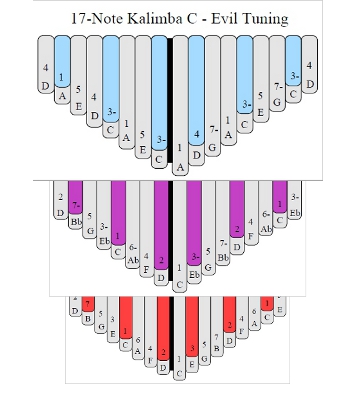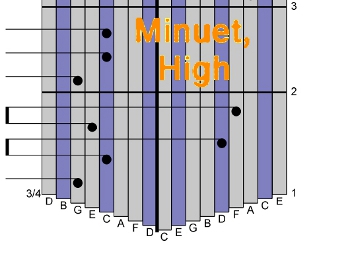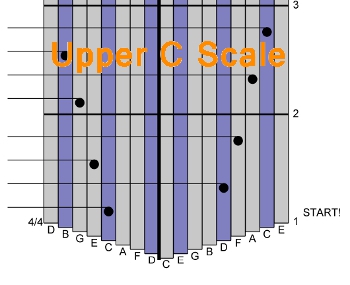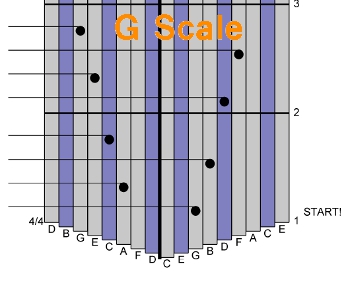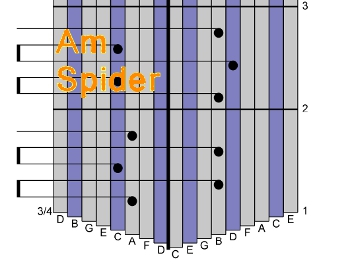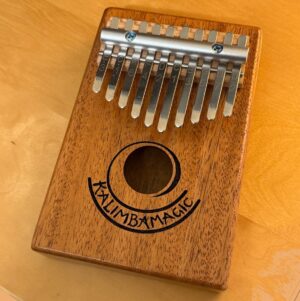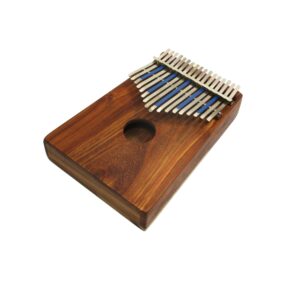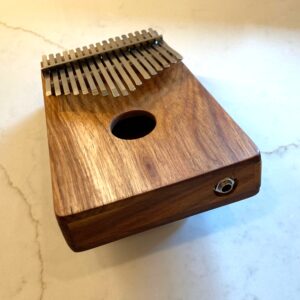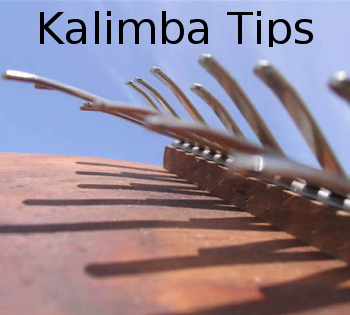
10 Easy Tips – Scales on the 17-Note Kalimba in C
These Tips will help you discover new scales on your kalimba – and their format fits perfectly on your phone! Click to Purchase the new Easter Hymns Download Learning your kalimba’s musical scale is very important to understanding your kalimba and the music it can make. The scale is like a magic key that will open many doors. But what if I told you that your kalimba, just as it is, plays several different scales? Each scale is like a universe of musical possibilities. We have ten tips for you about how to use four different scales, on the 17-Note in C, in your music. Each of these four scales
